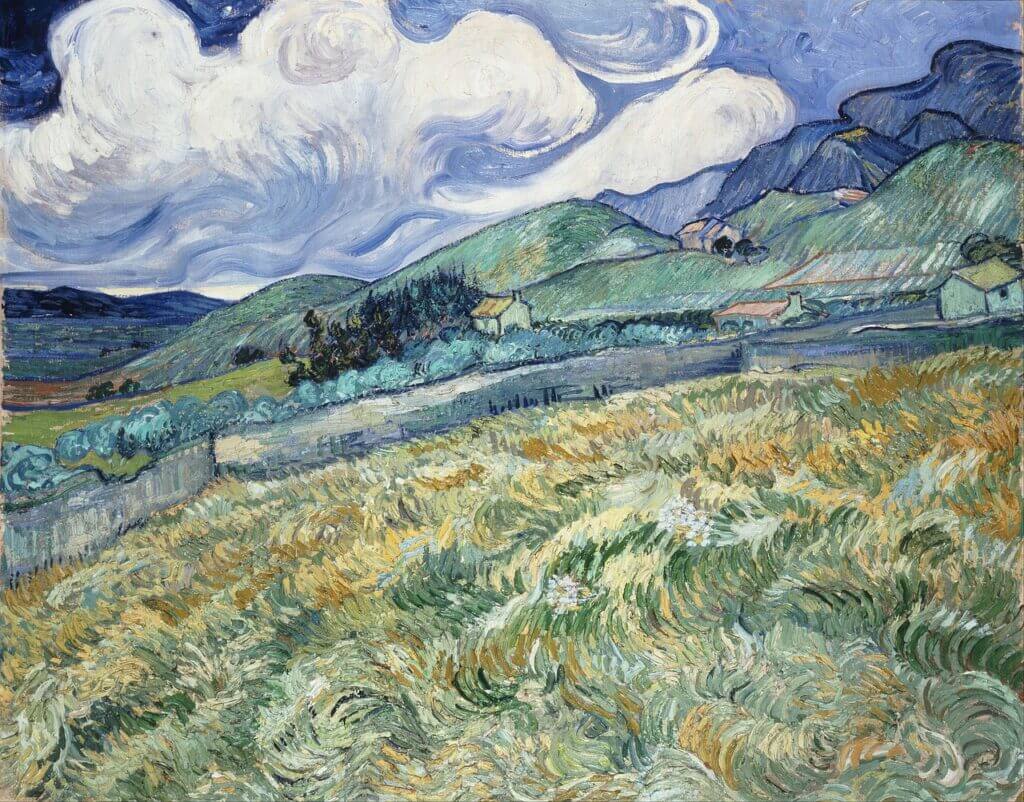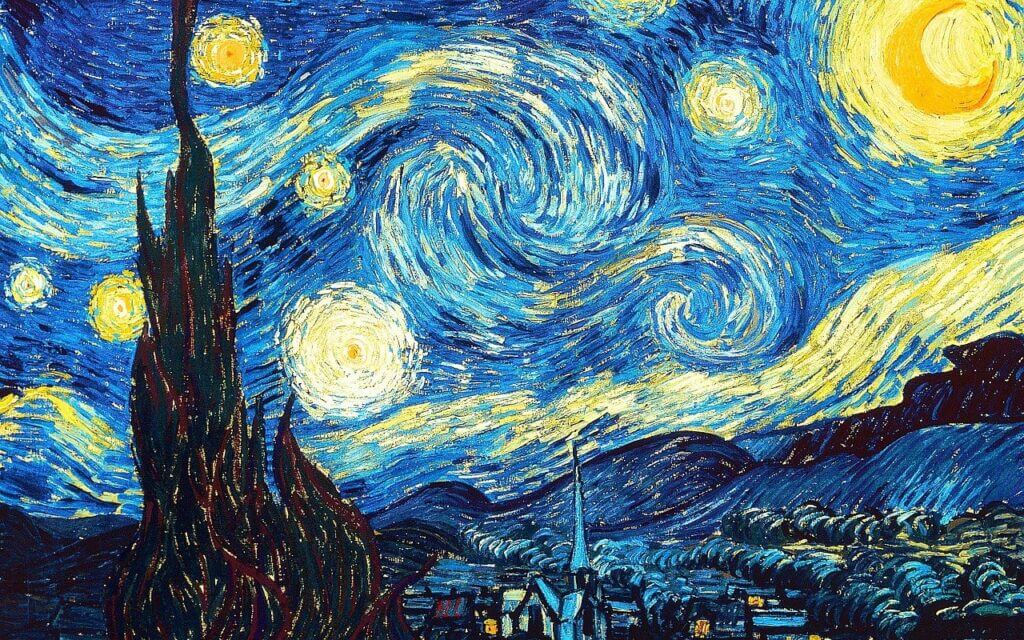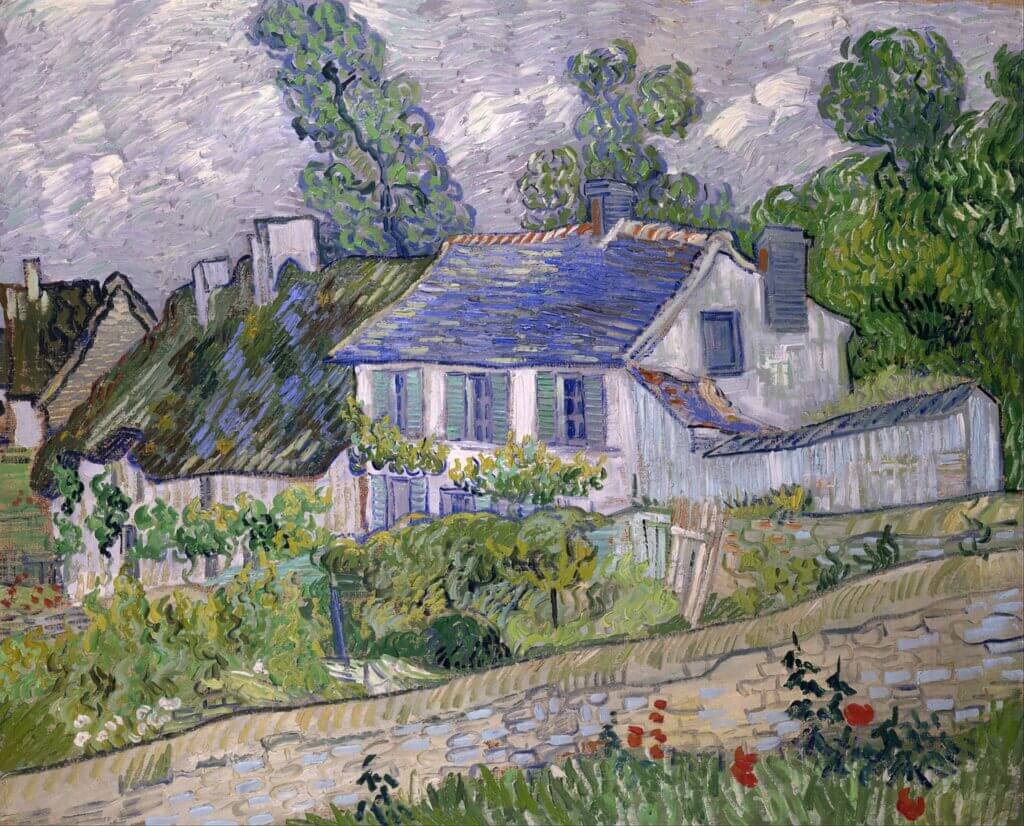Having one’s own unique voice is what every artist wants to be reminded of. Such a unique style is what distinguishes you as an artist from the rest and demands attention. In some artists’ work, it is very clear that it was created by them.
The art lies in letting originality emerge naturally through one’s own vision, approach, and style, which is achieved through inspiration and a lot of discipline.
We all recognize the distinctive sound of the Beatles music or the paintings of Picasso. Despite the large number of different works, you immediately hear and see the distinctive power carried by the artist’s name.
We all recognize the distinctive sound of the Beatles music or the paintings of Picasso. Despite the large number of different works, you immediately hear and see the distinctive power carried by the artist’s name.

This is a dream of all artists, to stand apart from the crowd with an original voice that inspires others. This way, you receive the attention and appreciation that gives you satisfaction and makes you feel that your work has value.
If you find your own work boring or not worthy enough to stand out from the rest, there are some insights that can help you awaken your unique voice. You are capable of more than you think.
1. Finding authenticity
You could argue that all art is original because every creative individual is differnt. However, the authentic energy that certain art possesses creates such a distinct atmosphere that it undoubtedly stands apart from the rest of the croud.
It is logical that a world where all music, art, and books would have the same structure would lose its value.
Most attention is given to works that are recognizable and push artistic boundaries. It is those works that apply something slightly different from what we already know that are labeled as original.
But the concept of “originality” extends beyond simply creating something new. The entire image of the creator itself largely determines the authenticity associated with it.
Being unique can therefore be interpreted in multiple ways:
- A unique image of the maker
- one’s own way of approaching things
- a unique way of preparations
- recognizable storytelling
- one’s distinctive signature (technique and form)
It is up to you to determine what will set you apart from the rest. Developing a style comes from consistently doing something for a longer period of time. In the process, you learn what suits you best and how to express it in the most authentic way.
The most important thing is not to do things that don’t inspire or excite you just to be original. This will cause you to lose your motivation and ultimately the urge to be creative.
Your own unique voice is already a fact. Sculpting and making it known is another matter.
“It is precisely the indescribable characteristics that make a story or artwork seen as original.”
As an example, you can think of the “vibe” of different films by the same director. Alfred Hitchcock has his own original way of building suspense in all his films. Even though each story is different, the thrilling aspects immediately make it clear that it is a Hitchcock film.
Distinguishing yourself happens naturally when you pay attention to the following:
- Having a clear vision of what you want to create
- knowing who you are as a creator and what this means to others
- determining the extent to which you strive for quality to surpass yourself
- not being afraid to try and fail
- imposing rules on yourself to place each work in an original context
What you should do if you lost your creative motivation >
2. The power of rules
The reason most artworks get lost in the crowd is that their creators haven’t thought long enough about which rules they use for themselves.
These rules involve making choices about which important aspects you want to show, instead of just creating everything that comes to mind.
A popular example of this is Vincent van Gogh‘s paintings. The majority of his paintings consist of the same painting technique. This way, he could make each painting tell a different story, but his painting style left his signature on each work.



It is not necessary to adopt this in the same way, but the principle is clear. To determine this for yourself as a creator, it is crucial to look at your previous works.
What style do you use, and which elements keep recurring? Based on these aspects, you can see what is already your own and what makes you unique.
By adjusting rules for yourself in this regard, you will be able to develop these aspects.
These boundaries arise unconsciously from your taste, way of working, and personal preferences.
Pitfalls for originality:
- Excessive focus on “being unique“
- Weighing too much what you think the audience wants from you
- Getting stuck in the same patterns
- Not finishing anything due to perfectionism
- Repeating the same ideas
3. Don’t be creative for the sake of originality
The endless search for ‘being unique and standing out’ actually distracts you from your artistic growth. You then start searching intensely for what doesn’t exist yet, instead of fully focusing on bringing out the best from your own creativity.
Creativity is not market research, but a deep inner power that naturally develops its distinctive voice with enough attention. Always seek new perspectives. Experiment with new things and keep learning.
It is something that should emerge with enough time and attention, by focusing on the quality of your work.
A conscious set of rules and boundaries that you set for yourself is already a step in the right direction to distinguish yourself from others.
Being original and success
Moreover, being unique is not necessarily a guarantee for success. Success is a different story that requires good management and the right connections. The world is full of artists with a distinctive voice who have not (yet) been discovered due to a lack of the right networks.
There is always a tendency to create ‘the new thing.’ Art schools prepare students to present that new sound and secure a place in the world.
These thoughts are not wrong, but they quickly lead to a large group of creators who are too focused on ‘being original.’
This often backfires because quality doesn’t necessarily mean being unique.
The key for artistic uniqueness:
Let your personality and artistic choices develop in such a way that your original voice emerges naturally. Don’t focus too much on whether your work is original or not, but set boundaries for yourself.
Many distinctive artists had many works in their early and late careers that resembled others’ art. Yet, they were still original.
Andy Warhol
Warhol was a leading figure in the pop art movement and became known for his iconic repetition of images, such as the Marilyn Monroe portraits. Although he often used existing images and everyday objects, Warhol succeeded in giving his artworks a completely new meaning and aesthetics. His work is considered an original and influential contribution to art history.
Jean-Michel Basquiat
An influential figure in the neo-expressionist movement of the 1980s, drew inspiration from various sources, including graffiti, primitive art, and comics. He combined these influences with his own unique style and created paintings full of intense energy and emotional depth. Despite the visible influences of other art forms, Basquiat’s work is regarded as authentic and innovative.
‘Great artists steal‘ is a frequently mentioned quote from Picasso, which holds a great truth. Adopting the things that inspire you the most allows your own creativity to overflow with original ideas.
4. The 10% – 90% rule
The 90% remains unseen by anyone. The 10% is what the artist has chosen to show.
This rule reveals more about the effort it took for existing artists to become what they are now. The greatest struggles, the most work, failed songs, and difficult choices are the 90% that you don’t see. The 10% is the resulting output that is released.
The brilliant works that we find so authentic today didn’t come out of nowhere. Many artists we now consider incredibly ‘original’ spent years searching and experimenting with new possibilities and styles. These years of experimentation were necessary to find that unique voice.
This manifested itself through a series of failed attempts and alternative options before they became what they are now. It is sometimes difficult to believe because the most significant works often seem to have been created so effortlessly and without any effort.
This is precisely the hardest thing to achieve. Something that is simple in its form and at the same time provides a unique perspective: originality.
Being original is simple
The key is to discover what sets you apart and stick to it consistently. Also, don’t focus too much on it, just let it happen.
Who and what you ARE as an artist > setting rules for style and story > the creative process > end result with an original approach.
What you are actually determines what you do. Your interests in stories or forms lead you to incorporate them into your own music, drawings, or designs. By setting conditions for this, you will see a complete picture of what distinguishes you as an artist.
Once you have that clear for yourself, others will also see it sooner.
So, to be original, it is important to know very well what already exists.
The idea that you have to be original to be valuable often comes from the admiration of other influential artists. In every art form, there are artists who have laid the groundwork for entirely new movements. They are the true originals, right?
However, this has nothing to do with originality. There has never been an artist who started their creative process with the goal of being ‘original.’
The pursuit of excellence and quality makes it distinctive. By fully immersing yourself in your creativity, you will inevitably develop your own unique voice.
Final Thoughts
If your goal is to have your own voice and stand out, the most important thing is to know what your own signature is. This can be found in your style, personality, or way of storytelling.
All of this can create a completely new perspective that inspires others.
The true original artist listens to their own vision and artistic will. By sculpting this with discipline, the most authentic works will be born.
